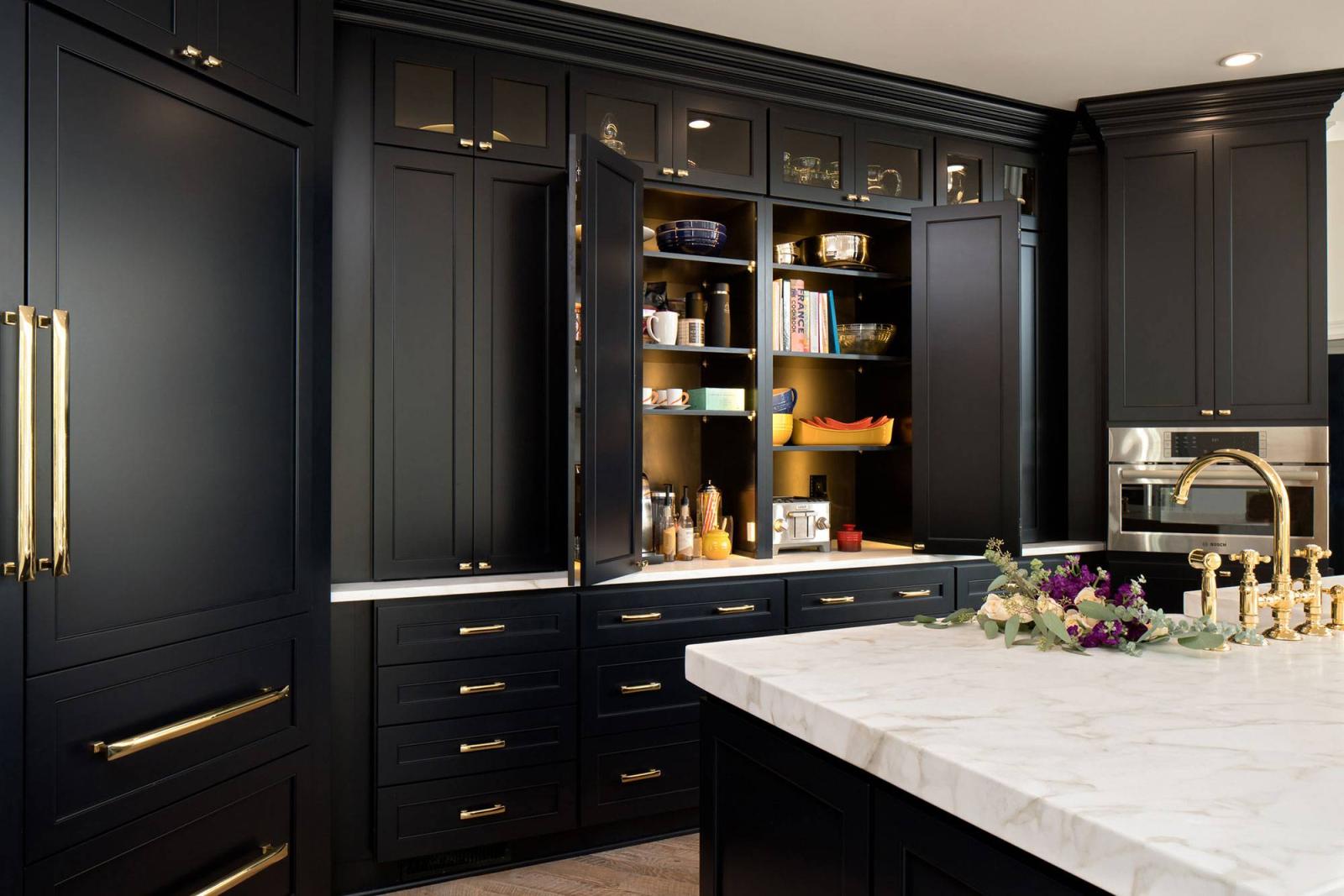Notifications

7 minutes, 22 seconds
-94 Views 0 Comments 0 Likes 0 Reviews

A well-designed kitchen is the crown jewel of any home—and the countertop is often its most defining feature. If you're looking for a durable, elegant, and high-value surface, nothing beats a professionally executed kitchen granite installation. Whether you're tackling a full kitchen installation or just upgrading your countertops, granite can elevate your space with timeless beauty and rugged performance.
In this article, we’ll simplify the complex process of granite installation into manageable steps and provide expert insight to help you make confident decisions every step of the way.
Granite is a natural stone composed primarily of quartz and feldspar, making it incredibly hard and heat resistant. It's also unique—each slab showcases individual veining and color variations that add richness and character to your kitchen.
Top advantages of choosing granite:
Scratch and heat resistant
Naturally antibacterial when sealed
Wide range of colors and finishes
Long lifespan with minimal maintenance
Increases home resale value
Granite is the material of choice for homeowners who want a surface that balances practicality with visual appeal.
Proper planning is essential for a flawless finish. Here’s what you should consider before your contractor starts cutting stone:
1. Define Your Kitchen’s Functionality
Will your kitchen serve as a high-traffic family hub or a sleek, modern culinary space? Granite is versatile enough to match either scenario, but your layout and needs will influence edge styles, color choices, and slab thickness.
2. Measure and Assess
Accurate measurements are key. Your installation team will need precise dimensions of your countertop space, including sink and appliance cutouts. If you’re doing a complete kitchen installation, these dimensions should be finalized after cabinetry is installed.
3. Visit a Stone Yard
Samples are helpful, but viewing full slabs is the only way to truly understand the depth and detail of granite’s natural beauty. Touch the surface, inspect the veining, and choose a slab that complements your kitchen cabinetry and flooring.
Popular finishes:
Polished (glossy and reflective)
Honed (matte and smooth)
Leathered (textured with a soft sheen)
Once your slab is selected and your kitchen is prepped, the installation begins. Here's how professionals typically handle a granite installation project:
Step 1: Template Creation
Technicians use cardboard or laser tools to create a template that outlines the exact shape and size of the countertop area. This template is sent to the fabricators to ensure an accurate cut.
Step 2: Fabrication
Back at the shop, the granite slab is cut and polished according to the template. This includes cutting holes for sinks, cooktops, and faucets, as well as finishing the edges to your specification.
Step 3: Countertop Removal (If Applicable)
Old countertops are removed and disposed of. Cabinets are inspected for levelness and strength. Granite is heavy—your cabinets must be sturdy and well-secured.
Step 4: Delivery and Installation
The granite slab(s) are transported to your home and set into place. Installers carefully align the pieces, apply adhesive, and use epoxy to blend seams. If multiple pieces are used, they ensure the pattern and grain flow naturally.
Step 5: Sealing
A professional-grade sealant is applied to protect the surface. This seals the stone’s pores to prevent staining, water damage, and bacteria buildup.
Understanding the cost structure helps you budget wisely. Here are the main factors affecting pricing:
| Component | Estimated Cost Range |
|---|---|
| Granite slab | $40–$75 per sq. ft. |
| Fabrication and labor | $20–$45 per sq. ft. |
| Edge treatment upgrade | $10–$20 per linear ft. |
| Sink/cooktop cutouts | $100–$300 each |
| Removal of old counter | $200–$500 (project-based) |
A complete kitchen granite installation project typically costs between $2,000 and $5,000, depending on size, complexity, and stone selection.
Your granite countertops are built to last—but a little care goes a long way in preserving their beauty.
Do:
Wipe with a soft cloth and mild stone cleaner
Reseal every 12–18 months
Use trivets for hot pans
Clean up spills immediately, especially oil, wine, and acidic liquids
Don’t:
Use vinegar, bleach, or ammonia-based cleaners
Cut directly on the surface (it’ll dull your knives!)
Allow water to pool around seams and sink cutouts
If your granite is chipped, cracked, or discolored, you don’t necessarily need a full replacement. Professional stone repair experts can often fix chips and re-polish dulled areas. However, if the damage is structural or the slab has lost its seal integrity, a new granite installation may be the better long-term solution.
A well-done kitchen granite installation brings enduring value, beauty, and functionality to your home. From the first slab selection to the final polish, each phase plays a crucial role in the success of your project.
Whether you're doing a full kitchen installation or simply replacing outdated counters, granite is a smart investment that delivers on all fronts. Just be sure to work with a skilled installer, choose your stone carefully, and follow maintenance best practices—and you’ll enjoy a stunning kitchen for decades to come.

